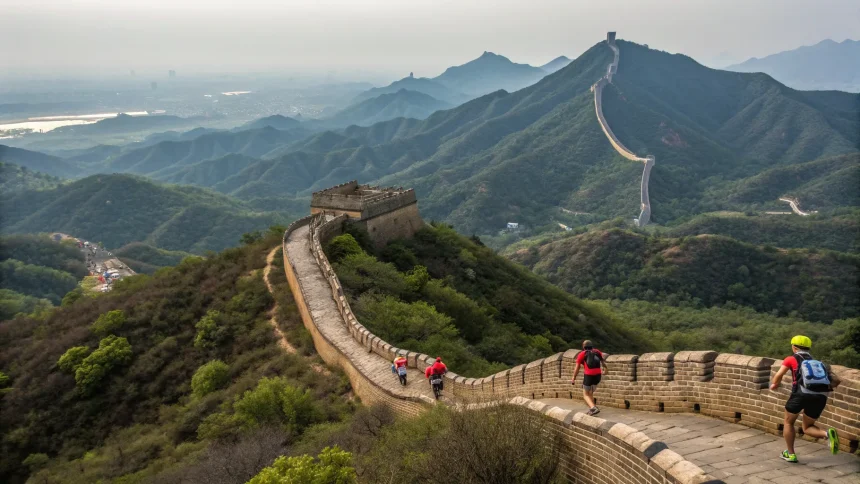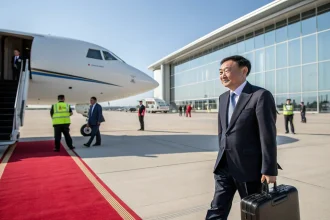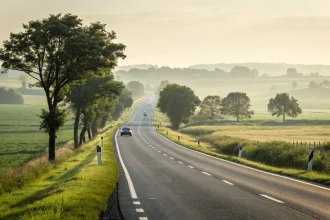Competitors are now making their way from the iconic Great Wall of China to the southernmost point of India in what promises to be a challenging leg of the competition. This dramatic shift in location will take participants across thousands of miles, through varied terrain and multiple countries.
The Great Wall, one of the world’s most famous landmarks, served as the starting point for this segment of the race. Teams gathered at this UNESCO World Heritage site before receiving instructions for their next destination.
The Journey Ahead
The route will require teams to travel approximately 3,000 miles southward through Asia. Participants will need to navigate through different countries, dealing with language barriers, transportation challenges, and various cultural contexts along the way.
The southernmost tip of India, known as Kanyakumari (also called Cape Comorin), is where the Arabian Sea, Bay of Bengal, and Indian Ocean meet. This coastal destination features the Vivekananda Rock Memorial and the Thiruvalluvar Statue, landmarks that may factor into the competition.
Travel experts note that this particular route presents unique logistical challenges. “Moving from northern China to southern India requires careful planning,” says a veteran race observer. “Teams will need to make strategic decisions about flight connections, ground transportation, and border crossings.”
Strategic Considerations
Teams face several key decisions that could impact their standing in the race:
- Whether to fly directly to southern India or take multiple shorter flights
- How to navigate through potential transportation delays in rural areas
- Managing the significant climate change from China’s cooler north to India’s tropical south
The contrast between these locations adds another layer of difficulty. Participants must quickly adapt from the mountainous terrain of northern China to the coastal environment of southern India, with its different climate, cuisine, and customs.
Historical Context
This race segment connects two of Asia’s most significant historical landmarks. The Great Wall, built over centuries to protect China’s northern borders, stands in stark contrast to Kanyakumari, a place of religious significance where three bodies of water meet.
“These locations represent different aspects of Asian heritage,” notes a cultural historian. “The Wall symbolizes protection and boundaries, while Kanyakumari represents convergence and spiritual significance in Hindu tradition.”
Previous races that included such dramatic geographic shifts have often resulted in significant changes to team rankings, as different skills become valuable in new environments.
As teams make their way across Asia, they’ll encounter diverse transportation systems, from China’s high-speed rail network to India’s crowded trains and buses. The ability to adapt quickly to these changing conditions will likely determine which teams maintain their competitive edge.
Race officials have not disclosed what challenges await teams upon their arrival in southern India, but the coastal location suggests water-based activities might be involved. The outcome of this leg could significantly reshape the competition as it progresses to future destinations.









